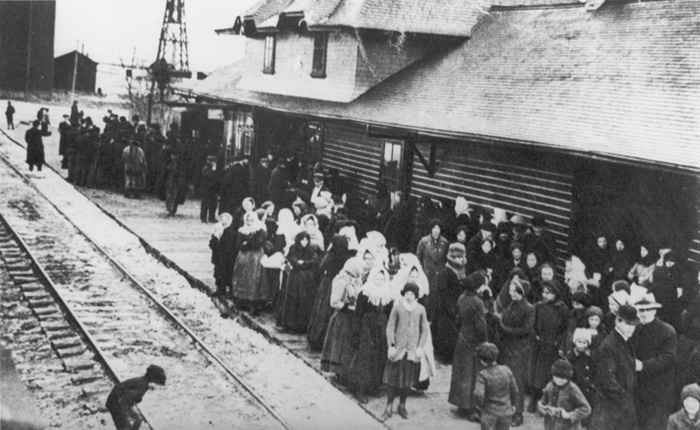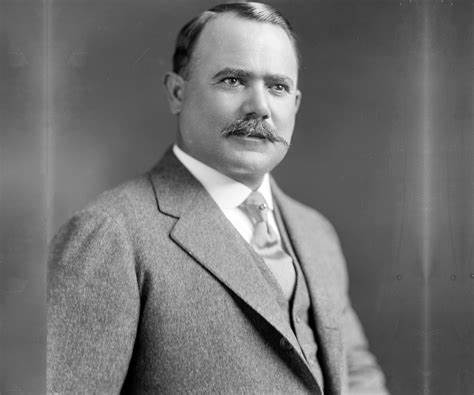Mennonite Culture and Religion Series Part Two: The Mennonite Exodus from Europe (to America)
The Mennonites thrived in Russia for many decades, and as is the recurring theme, things shifted. Soon political changes were happening in Russia. In the 1800s the Tzar of Russia wanted to modernize the country. Because of this, the government decided to overhaul the education system. All schools were to be put under governmental authority, which took away the Mennonite people’s right to private education. Along with that, the Mennonites also lost their Military exemption. Due to the many changes and pressures from the Russian government, in 1873, the Mennonite church looked for a new place to settle.
The Church sent out a group of Delegates to explore America. They eventually came to Canada and liked what they were offered by the Canadian government. They were permitted to settle in villages, given Military exemption, as well as the autonomy of education. That was everything that they needed. It was a mutually beneficial relationship because Canada was looking for people to fill their territories and the Mennonites wanted to preserve their way of life. And so, in 1874 began the exodus of the Mennonite people from Europe.
New Beginnings in Canada
Seven thousand Mennonites came to Canada and landed in Manitoba in 1874. The most surprising thing I discovered in all of this, was the relationship between the Mennonites and the Metis. The Indigenous population was instrumental in helping the Mennonites build relations and communities in this new land. As the communities grew, some started moving to parts of Alberta and Saskatchewan as well.
The three groups of Mennonites that came over were the Bergthal, Kleine Gemeinde, and the Old Colony. Some of these groups were more conservative than others and refused to integrate their way of life with the surrounding culture. Much of the tension arose because of the education system.
In the 1890s the Manitoba government wanted the Mennonite communities to register their schools in exchange for one hundred dollars annually, which was a lot of money then. The Kleine Gemeinde who were a bit more used to progressive education took the money, but not the other groups. This lead to rising tensions between the Mennonites, and the government.

Mennonites Prosecuted and Imprisoned
Much to the dismay of the provincial government, Mennonites refused to assimilate and let go of their language and private schools. While some did go on to join the public school system and assimilate somewhat, they ended up being excommunicated from the Mennonite community. Then when World War 1 came along, everything shifted.
The Mennonites outright reject the idea of patriotism, AND they speak German! Which of course was the language of the enemy during this war. Understandably, the resentment starts building from the Canadian government and people. Pushback against the Mennonite education system started getting harder to ignore. Feeling pressed, the government decided that they could not allow Mennonites to remain separate.
Community leaders petitioned the government to hear them out. Soon they managed to set up a meeting with the Premier of Manitoba and the Minister of Education, through Valentine Winkler. The result of this meeting was assurance that their schools would remain unaffected. This however did not last long. English school attendance became compulsory in Saskatchewan and Manitoba. Mennonites felt that the ideas of Militarism and Secularism did not align with their religious views, and they did not allow their children to attend these schools. This refusal of compliance led to the prosecution, fining, and imprisonment of Mennonites in these communities. As a result of disallowing the children to attend the English Schools.
Another Search for a Home for The Mennonite People
A meeting is held at the Old Colony Church in Rhineland, to talk about leaving Canada and finding a new place to settle. The right to self-determination in their schools was taken away from them and they felt betrayed and persecuted. The Mennonites that had been imprisoned were made into martyrs within their communities and the government realized that these prosecutions were prosecuted and pulled back. They asked for two years to find another land and leave the country.
In 1920 an article was published in the Mennonite Rundshau, declaring that human promises are not to be relied on. Once again, they sought a new home for their people.
Within the media, they were portrayed as ungrateful and stubborn. As refusing to care about any culture aside from their own, and there is very much a negative picture being painted of these Mennonites. One Article in The Manitoba Press in May of 1920 stated that “they”(the Mennonites) are free to go of course, and that Manitoba is no Egypt, which wants to keep unwilling citizens. And this article declares that they would come to regret their decision and that the gates would be closed against their return.

Promises from The President of Mexico
The hunt for a new home had begun. They pitched themselves as hardworking agriculturally successful people to various governments and countries. The Mennonites considered many states in America as well as various Latin American countries. Eventually they would settle on a country just south of the States.
The Mennonites have a meeting with President Alvaro Obregon, of Mexico. Having just gone through the revolution, Mexico is intent on breaking up and dividing land among the peasants. The Mexican government saw the Mennonites as successful farmers and they wanted them to bring modern farming practices to their country. And they wanted them to teach and lift up their own “backward” Mexican farmers.
The President gave the Mennonites what they had been looking for, exemption from Military Services and the freedom to live and educate as they pleased. The Mexican government promised zero interference. An agreement is reached to allow for six to eight thousand Mennonites to come to Mexico by train.
As a result of the desperation to leave Canada, many complications arose from the land sales. Mennonites were underpaid for their land in Manitoba, and they overpaid for their land in Mexico. Outsiders had been made aware of their desperation to immigrate at all costs, and they took advantage of that. So, despite fistfuls of money being lost, they made it to Mexico in the 1920s. The Mennonites started a new life, in a new land with a new climate that they didn’t yet understand.

